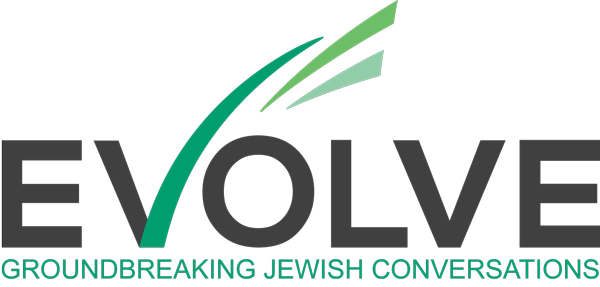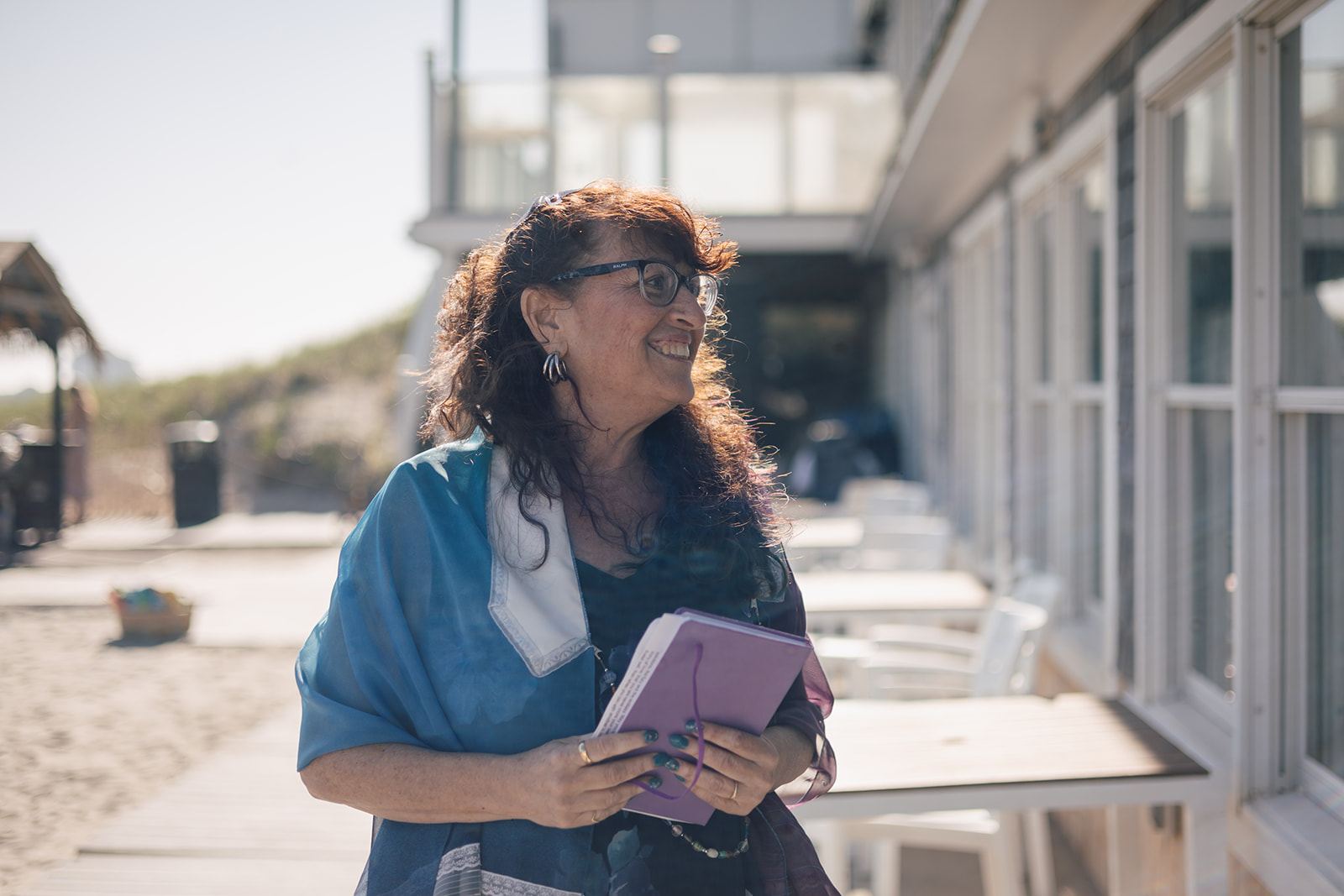How do we create and maintain the covenantal communities we desire?
In her essay, “‘Covenantal Community and Classical Reconstructionism,” Rabbi Deborah Waxman argues that covenant and covenantal community (or covenantal relationship) are essential frameworks for Reconstructionist Jewish practice and thought. Waxman defines covenantal community as “voluntarily choosing to co-create communities where we agree to a set of values and then work to articulate norms … .”
Waxman uses a series of verbs that can inform or outline how covenantal communities are formed: choosing, co-creating, agreeing and articulating. These verbs contain four steps necessary to create covenantal communities and relationships. I will add a fifth verb: enforcing, or perhaps, creating accountability.
These five steps (choosing, co-creating, agreeing, articulating and establishing accountability) provide a roadmap for how communities, organizations, groups and even families, can build covenants that support the nourishing communities we desire. I offer this essay to ground and deepen our conversations about covenant, with a review of its biblical origins and an exploration of reconstructed models that can provide a framework for our most important relationships today.
Biblical models of covenant
When many Jews think of covenants, they most often reference the relationship between God and the Children of Israel, confirmed at Mount Sinai, as depicted in the Torah. We (Jews) understand ourselves to be bound collectively (to God and/or each other) through this covenant, the terms of which are spelled out in the Torah and its interpretations. Through the centuries and across the globe, Jews have argued extensively about the details of the terms. We largely remain connected, however, to each other and our tradition through some understanding, if amorphous and unarticulated, that this covenant exists. Some might call this Peoplehood.
The broad outline of this covenant, as articulated in Exodus 20, is that God will take the Children of Israel to be God’s people and the Children of Israel will obey the commandments as articulated in the brit (covenant) document: Torah.
Looking more closely at the establishment of this covenant, we see that it is profoundly hierarchical — after all, one partner is God. A famous midrash suggests that when God gave the Torah to Israel, God held Mount Sinai over their head, implying that the covenant is non-consensual, something Israel was compelled to accept. Returning to our frame for creating covenantal communities today, we see that this covenant is not freely chosen or co-created. While it may be agreed to, articulated and, depending on your theology, mutually accountable, it is limited as a road map for creating covenants in our human and communal relationships.
The other most cited covenant is the one that God makes with Abraham. God speaks to Abraham three times in covenantal language: Genesis 12, 15 and 17. Unlike the covenant at Sinai, this covenant is unconditional. God promises to make Avram/Abraham a great nation, and nothing specific is asked in return (worshipping God as the sole Divine power in the universe is implied and elaborated upon by later commentary and midrash).
This unconditional covenant is much like the one we expect and assume parents to have with their children. In becoming parents, people take on the full responsibility for the health and well-being of their children. The children don’t have any obligations other than to grow and develop as nature and nurture determines. Of course, we know the path to good parenting isn’t always clear. Nor, it seems, is the path to just and loving Divine rule. God’s success in this role waxes and wanes in the Torah as Abraham’s descendants journey through history — sometimes according to plan and sometimes, rebelliously. This may be an appropriate metaphor for parenting. But it is still not a covenant between equal partners, freely choosing to enter a relationship of trust and mutuality.
In the Noahide covenant, the unique feature is that God chooses to limit God’s own power, to voluntarily say: “For the good of this universe that I created, I will not destroy it.”
There is one Divine covenant that can be instructive: the one God created at the end of Noah’s story.
“Never again will I doom the earth because of humankind, since the devisings of the human mind are evil from youth; nor will I ever again destroy every living being, as I have done,” says God, shortly after Noah et al. depart the ark onto dry land. While again, this seems non-consensual and vague (is it between Noah or all future humans, and what is their responsibility?), it has the unique feature of God choosing to limit God’s own power; to voluntarily say, “for the good of this universe that I created, I will not destroy it.”
By its very nature, a covenant between individuals limits what each individual party can do. There is no need for a covenant if everyone can act as they please; that is called anarchy. The example of God limiting Godself for the sake of a greater good, while not wholly analogous, provides resonance and sacredness for self-limiting behavior. When we choose covenant as a frame for a relationship, we fully acknowledge that we are limiting our capricious appetites. As in the kabbalistic story of God’s retraction (tzimtzum) in order to make space for a world separate from Godliness, we must enter covenantal relationships willing to sublimate some part of ourselves in order for the other — those we are in relationship with — to thrive. Recognizing that the health and vitality of the relationships we choose are more important than our own ego needs may be the first step in creating abiding and lasting covenantal communities.
Jewish weddings as an example of covenant
Biblical models of britot (covenants) are not only in relationship to God. In Genesis 27, Abraham and his neighbor, King Avimelekh, have a dispute over several wells that Abraham had dug. The two leaders come to terms, create an agreement/covenant and finalize it with the exchange of property. Here, we have the most complete example of a covenant between two equals, arrived at by mutual agreement, and effectuated through ritual and symbol in which both parties are accountable for the fulfilment of the agreement’s demands. This example illustrates the five steps outlined at the beginning of this article: choosing, co-creating, agreeing, articulating and establishing accountability. The consensual and egalitarian nature of this covenant is reminiscent of and can be a model for the most intimate of covenantal relationships: marriage.
While the traditional marriage contract (ketubah) is essentially a bill of sale spelling out the obligations of the groom as he “acquires” the bride, many contemporary couples and officiants opt instead for a ketubah that is essentially a brit ahuvim, or lovers’ covenant, as first articulated by Rabbi Rachel Adler.
In such a covenant, the partners approach each other as mutually consenting equals and spell out their intentions to build a life and a home together. The documents they create frequently include behavioral, attitudinal and values-based commitments.
“We pledge to seize adventure so that we may discover more of ourselves, each other and the world. Thoughtfully, we will give one another the space and support to pursue our growth and our talents, strengths and interests. Intentionally, we promise to lead lives where making a difference is at the center,” says one.
Another reads, “They look forward to a life of shared adventures and the creation of new memories, upholding cherished traditions and creating new ones as their family grows. They promise to offer each other mutual respect, support, appreciation and love — and to approach challenges with grace, perseverance and, most importantly, humor.”
While the sentiments in the 100-plus wedding contracts I have been honored to help create often sound similar, each uniquely sets out the couple’s expectations, hopes and dreams in language meaningful to them. More importantly, reflecting on their relationship, articulating their desires and working on a document together provides an experience of communication and partnership that becomes foundational to the relationship’s success. In other words, the process of creating a written document is at least as valuable as the product, if not more so.
As in a traditional ceremony, this document is signed by witnesses shortly before the ceremony and read aloud under the huppah before all of their guests. While a Jewish wedding ceremony doesn’t have the “I do’s” we are familiar with from American culture, I have gotten into the habit of asking the gathered family and friends to indicate their willingness to help hold the couple accountable to their words and, when times get tough, as they inevitably do, remind them of their promises.
Does a marriage covenant guarantee the success of a relationship? Of course not. However, it does create a shared language around expectations and obligations and offers a framework for working through challenges.
Family covenant
Can this model work beyond the intimate one-to-one relationship?
Almost 12 months ago, my adult daughter moved home after graduating from college. As one might expect, it has been challenging to adjust from a household of two parents and younger minority children to three independent adults.
We, her parents, could not understand why, now that she was home, she was not falling back into the rhythms and patterns established in the two decades she had spent living in our house as a child. For her part, suddenly being back in her parents’ space must have felt a bit like having her wings clipped.
None of this was shocking. Even in the tensest moments, we knew this was a typical experience for many families welcoming children back home after college. We wondered if a family agreement, created through a process similar to the marriage covenant, would be helpful.
Using a modified version of the process that I lead couples through, each of us contributed to a list of the topics we thought needed to be covered. Then, we drafted the content for each section and shared it with each other for comment. This process took several months. It sometimes became tense, but at least it provided a framework for our frustrations and annoyances.
Finally, once all sections were reviewed and edited to everyone’s satisfaction, we held a signing ceremony over dinner. We signed and dated three copies — one for each of us — and pinned one to the kitchen bulletin board.
In stepping into an agreement that assumes the equal participation and full dignity of each of us, we come to our conversations with permission to ask something from the other.
Has this document solved all of our problems? Far from it. But we now have a way of discussing what irritates us and can refer back to our agreement when necessary. All three of us have made mistakes, and all three of us have had reason to call each other out. We still have the same tendencies to bug each other, but what’s missing is the guesswork about expectations and the passive-aggressive attempts to get people to change their behavior.
In recent months, we have experienced a few setbacks — or rather, we’ve encountered situations that are not covered in our current agreement. I hope to use the framework of our family covenant to raise them. But I can only be ready to do so if I’m open to giving our daughter the chance to raise any concerns she may have. This may be the most significant benefit of the idea of covenant. In stepping into an agreement that assumes the equal participation and full dignity of each of us, we must come to our conversations in which we ask something from the other, fully prepared to accept such requests and conversations for ourselves.
A family covenant, similar to God’s covenant at the time of Noah, accepts that those with the most power (presumably parents) will limit that power to respect, encourage and support the growth of all of us. Those of us who are parents eventually understand that the greatest gift we can give our children is our own humility — to recognize that we don’t always get it right, that we, too, need to bend and learn and listen for the sake of all our futures.
Community and organizational covenants
If covenants can help define and moderate familial relationships, can they be used in more extensive organizational settings and communal spaces to the same effect?
Organizations and congregations are made up of individuals, each bringing behavioral patterns, cultural mores and expectations learned elsewhere, often in their families of origin. When our congregations and cultural organizations were made up of people who all lived and grew up in the same community (or shtetl), the patterns, mores and expectations were shared. That doesn’t mean there were never any arguments. But it did mean that reactions and responses to those arguments were expected and understood.
As our communities become increasingly diverse — with more people coming from different cultures, ethnicities and backgrounds — we expect to see different understandings of how to behave. This is often a source of conflict within groups, particularly in congregations and organizations.
A well-known example of culturally informed behavior patterns is interrupting. In many cultures, interrupting someone who is speaking is considered rude and inappropriate. It shuts down the original speaker and prevents contributions from those who are more timid and less likely to talk over others. There is often a power dynamic at play: men interrupting and talking over women, and white people interrupting and talking over People of Color. However, as sociolinguist Deborah Tannen has pointed out, for some people, those raised in New York or Puerto Rico perhaps, this interrupting is a learned style of conversation that she calls “cooperative overlapping.”
Those who engage in cooperative overlapping do not intend to be rude and dismissive. In fact, they often feel more creatively engaged when several people are talking simultaneously and ideas build upon one another in such a dynamic way. But the individuals in the room who are not brought up in that culture may not intuitively understand it and often experience significant pain at being shut out of a conversation.
A covenantal approach to communal behavior suggests neither style is “right” or “wrong.” They are just different. Developing a behavioral covenant helps people surface these differences, unpack and understand them better and make collective decisions about which set of practices or behaviors the group will adopt.
Engaging everyone in determining what the behaviors are for a group increases the likelihood that they will be followed (buy-in) and allows for deeper engagement in which individuals learn about and come to appreciate the differences among them. A community covenant creates the possibility of learning from our differences rather than simply fighting over them.
This process is not meant to replace the more profound, more substantive decision-making that determines what a group, congregation or community does, or how it acts and behaves as a collective institution. In the Reconstructionist movement of Judaism, we have come to regard a process of Values-Based Decision Making (VBDM) that engages community members in deep study of inherited traditions, contemporary knowledge and currently held values as the way we determine the practices and perspectives of the group as an institution. Creating a behavioral covenant is adjacent to, but not a replacement for, VBDM. It does, however, help individuals understand how they are to behave with each other while doing that work.
We are currently experiencing a time of significant upheaval in our Jewish communities. New understandings of the multiplicity of identities people carry into our communities, increased threats of implicit and explicit antisemitism, a generational shift in relationship to tradition, growing polarization over the place of Israel in Jewish life and a growing recognition of the many ways in which “mainstream” Jewish culture has marginalized and hurt sectors of our community: All of these have created significant instability and deep anxiety throughout most of the non-Orthodox Jewish world. We are entering a time of great sorting where alliances are shifting, and the assumptions of the post-World War II Jewish world no longer hold. There are no easy answers to the questions we face, and the work will inevitably be messy.
Some communities will fall apart, some will stay together, and yet others will emerge in ways we cannot yet imagine. For those of us committed to inclusive engagement, creating community behavioral covenants and committing to finding a “how” that maintains the dignity of everyone involved and affirms that everyone of us is created in the image of God, provides the sacred firmament we need to ensure that our disagreements truly become makhloket leshem shamayim — arguments for the sake of heaven, rather than destructive forces that make moving forward impossible.







